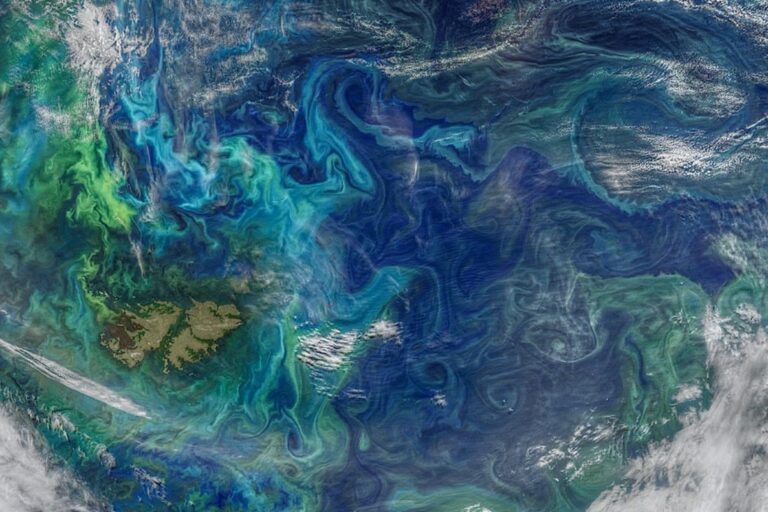Nasa has detected strange changes in the colour of the ocean. Satellite data show that over the past 20 years, changes in water colour, from blue to green, have occurred in 56 per cent of the oceans. The changes are particularly noticeable in the tropical regions near the equator.
According to researchers, this subtle greening of the oceans indicates the effect climate change is having on underwater life.
Table of Contents
Why is the ocean turning green?
Nasa’s Modis-Aqua satellite has detected a gradual shift from blue to predominantly green hues in more than half of the world’s oceans. The area that has changed colour is larger than the Earth’s entire surface.
BB Cael of the National Oceanography Centre in Southampton, UK, and his colleagues analysed the Nasa data and believe that the green colouration is a sign of changing ecosystems due to climate change.
The nature of these changes and their exact cause have not yet been confirmed, but BB Cael says it is likely that they are related to phytoplankton. These organisms play a key role in producing much of the oxygen we breathe and stabilising the atmosphere.
“The effects of climate change are already being felt in the surface marine microbial ecosystem,” reads the study.
Read also: Blue Economy: what is it and what are its main components and principles
Oceans changing colour could indicate a bigger problem
According to the study’s authors, a change in ocean colour could reflect a change in the state of its ecosystems. Deep blues indicate less life, while greener hues indicate more phytoplankton activity.
But the colour of the ocean can also change from year to year due to surface chlorophyll levels varying wildly, making it difficult to distinguish whether or not the change from blue to green is influenced by climate change.
Scientists believe that it could take up to 40 years of monitoring ocean colour before any trends are detected. Different satellites also measure colour changes differently. This means that data from each of them often cannot be combined.
To delve deeper into ocean colour changes, a NASA mission called Pace is scheduled to be launched in January 2024. It will monitor plankton, aerosols, clouds and the ocean ecosystem.
Read also: All about the Great Blue Wall project, a major global effort to safeguard the oceans












